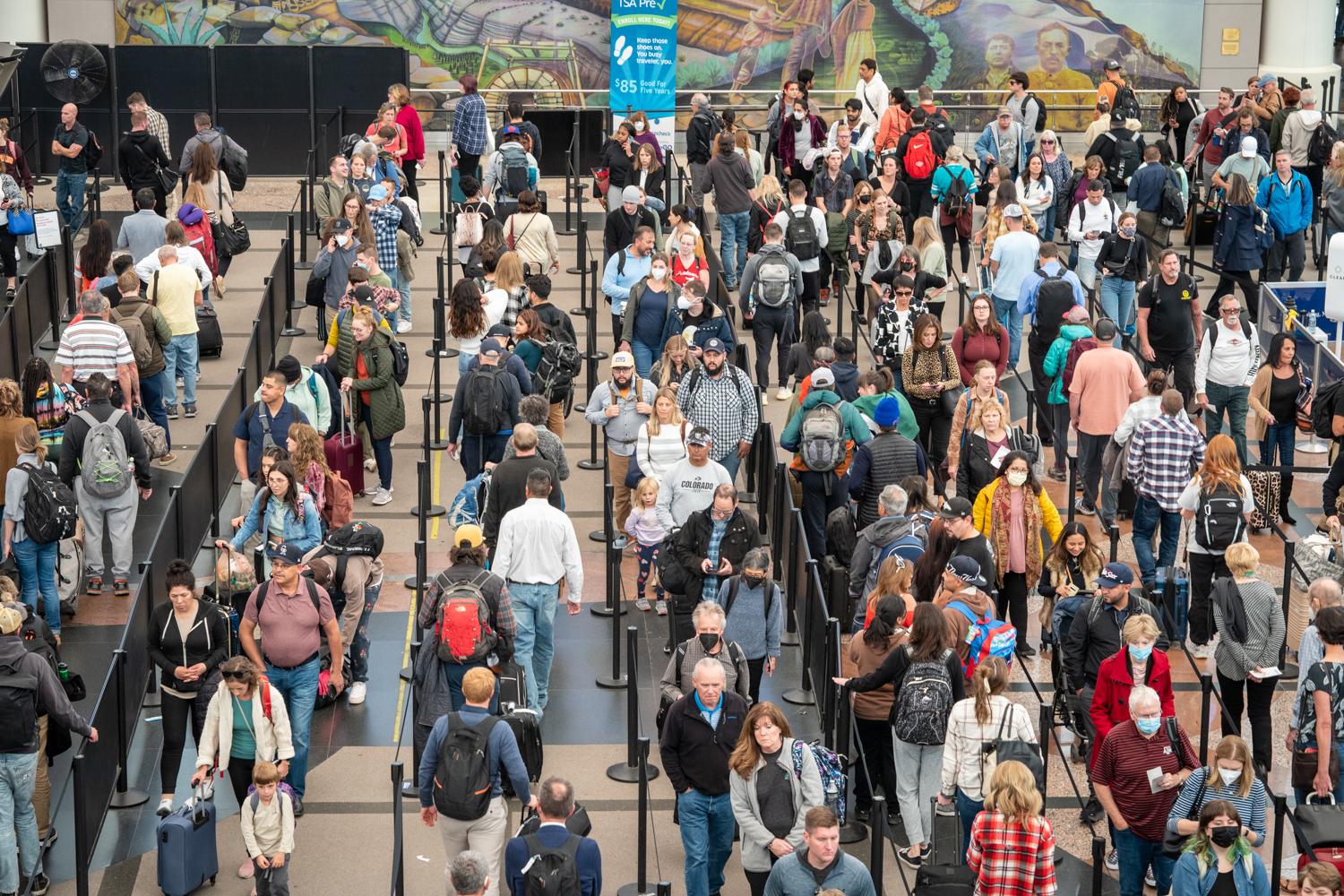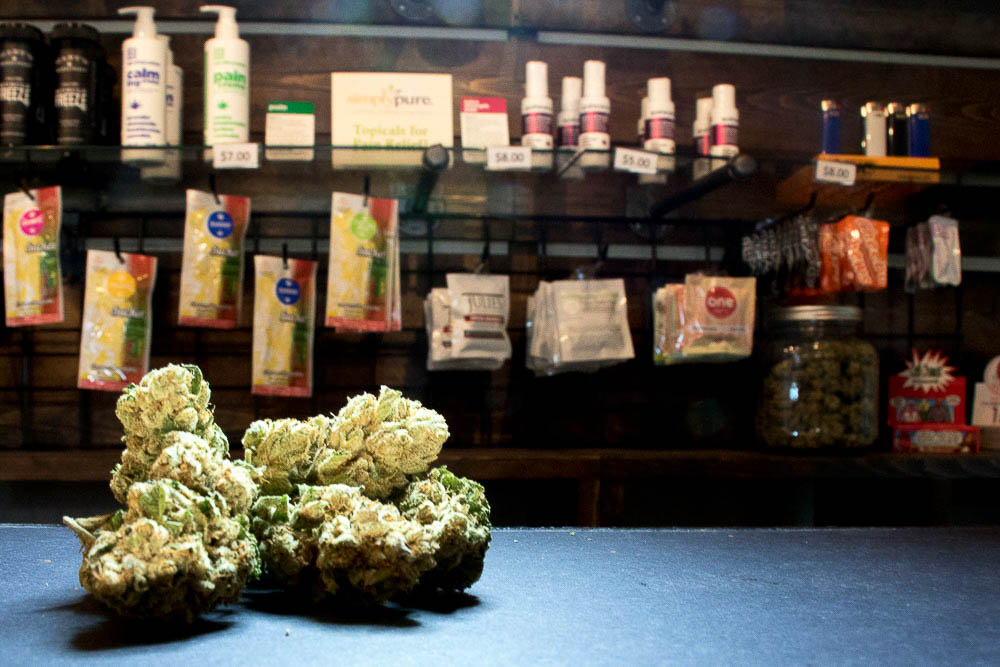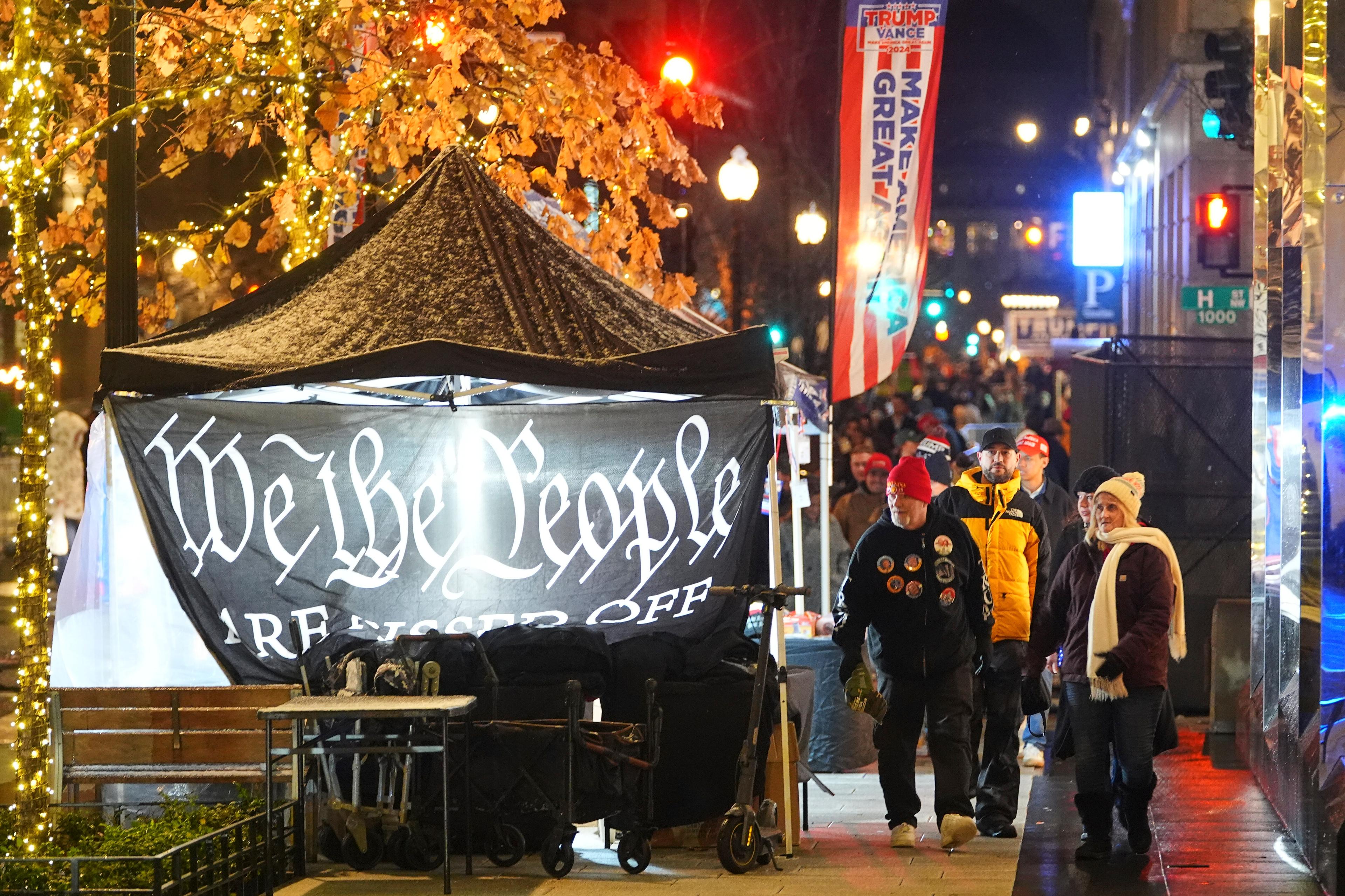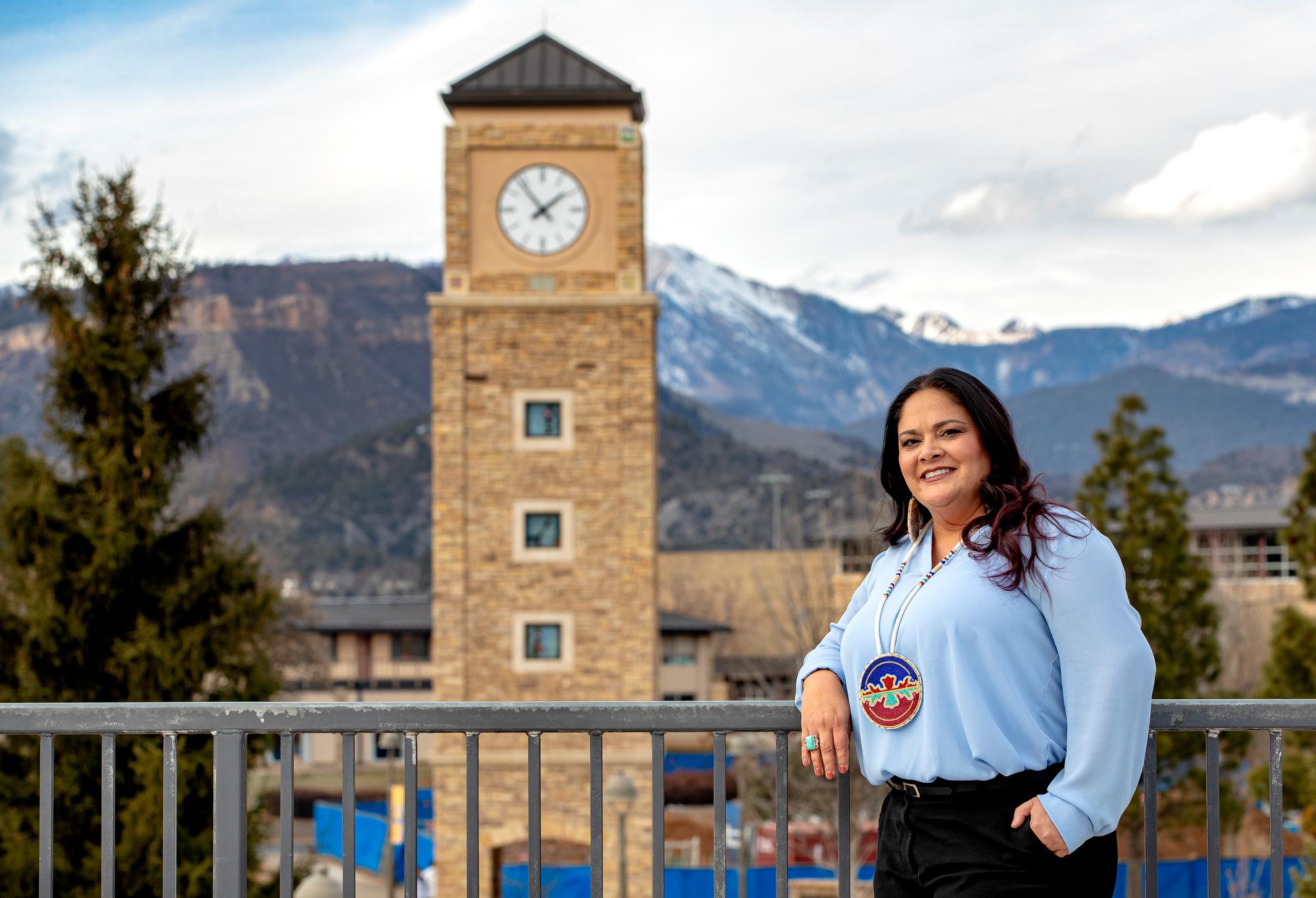
COVID-19 hospitalizations rose above 200 this week for the first time since late August, according to the updated state health department coronavirus dashboard. That figure is still far below peaks of prior waves.
Hospitalizations are up 35 from last week and have gone up every week for the last month.
The test positivity rate is up to nearly 10 percent, doubling over the last three weeks. That figure doesn't include most home rapid tests.
The winter holidays, with much traveling and mingling, are just around the corner. Many governments, businesses and ordinary folks have mostly dropped precautions like wearing masks and avoiding crowded indoor settings.
“We do believe that we are now seeing a defined upward trend,” said Dr. Rachel Herlihy, the state epidemiologist. “The percent positivity in Colorado is increasing, and cases and hospitalizations in Colorado have increased slightly in the last few weeks.”
When temperatures drop, virus rates rise
Dr. Michelle Barron, an infectious disease expert at UCHealth said the increases come as other respiratory bugs, like flu and RSV (respiratory syncytial virus), are spreading widely.
“Respiratory viral season has begun, and it's begun with a vengeance,” she said, noting cases generally trend upward as the weather cools and people spend more time together indoors. “It's what we see with the changing seasons, right?”
The agency noted that the alphabet soup of variants appears to be growing as new strains take hold. BA.5 remains the most prevalent subvariant, and BQ.1, BQ.1.1, and BF.7 are now emerging, according to Herlihy.
But so far many Coloradans have yet to get the bivalent booster, made available this fall, that targets both the omicron variant and the original strain.
Only about 16 percent of all Coloradans have gotten it to date.
Just about a third of those older than 65 have now received the new booster, according to state data. That’s even though nearly three out of every four COVID-19 deaths in the state has been among those 60 and older.
The severity of this year's surge is still unclear
Barron said it's uncertain whether this winter will rival the COVID waves of the last two years which, in three distinct peaks, hospitalized more than 1,500 COVID-19 patients.
Those waves were also Colorado’s deadliest. At the peak of the first big surge in December 2020, nearly 70 Coloradans a week were dying from COVID-19. Nearly a year later, at the peak of the wave driven by the delta variant, 40 residents a week died; two months later, as the omicron surge peaked, almost 50 people were dying a week, according to the dashboard.
A recent modeling report painted a hazy outlook for this coming winter.
Simulations included a “hypothetical variant with high immune escape,” — meaning a strain that is resistant to the vaccines, entering Colorado in late September, and causing a rise in hospital demand by the end of the year.
“The increase in hospital demand will be steeper if the new variant also has greater virulence relative to current variants,” according to the report, issued in early October by the Colorado COVID-19 Modeling Group.
Barron said the best defense against the various viruses roaming around is getting that bivalent omicron booster vaccine shot and a flu shot, wearing a mask and washing your hands.
“This is my plug to get everybody to go get their shots,” she said, noting that some people have been waiting to decide whether it's worth getting it. “It's time now. And if only to protect your holiday plans, it's a good way to do it.”
But uptake has been slower than for previous boosters.
The state modeling report notes that bivalent boosters can prevent infections and hospitalizations, but that the future benefit of that additional dose depends on booster uptake and the characteristics of the next variant.
Barron said she was watching variants pop up and hoping Colorado and the world avoids a particularly damaging one, which “would be a nightmare in terms of spreading quickly and being severe.”
Potential 'tripledemic' as RSV cases rise
The confluence of respiratory bugs emerging this fall has been called a potential tripledemic.
The state health department last week said it’s seeing a sharp increase and an earlier occurrence in cases linked to RSV among children, which is putting a strain on pediatric hospitals.
Officials said 95 percent of hospitalizations from the virus are now among children, with a rapid rise in cases reported in childcare and school settings.
“It really is striking how much RSV there is in the community,” said Dr. Suchitra Rao, an infectious disease specialist at Children’s Hospital Colorado in an interview on Colorado Matters.
It’s a common misconception that RSV is a mild respiratory illness in adults, but it can result in symptoms as serious as those of influenza, especially in older adults, according to the CDC.
Colorado has recorded nearly 50 flu hospitalizations since the start of October, with half coming in the last week of October, according to the state health department. The agency has recorded two outbreaks in long-term care or correctional facilities.









